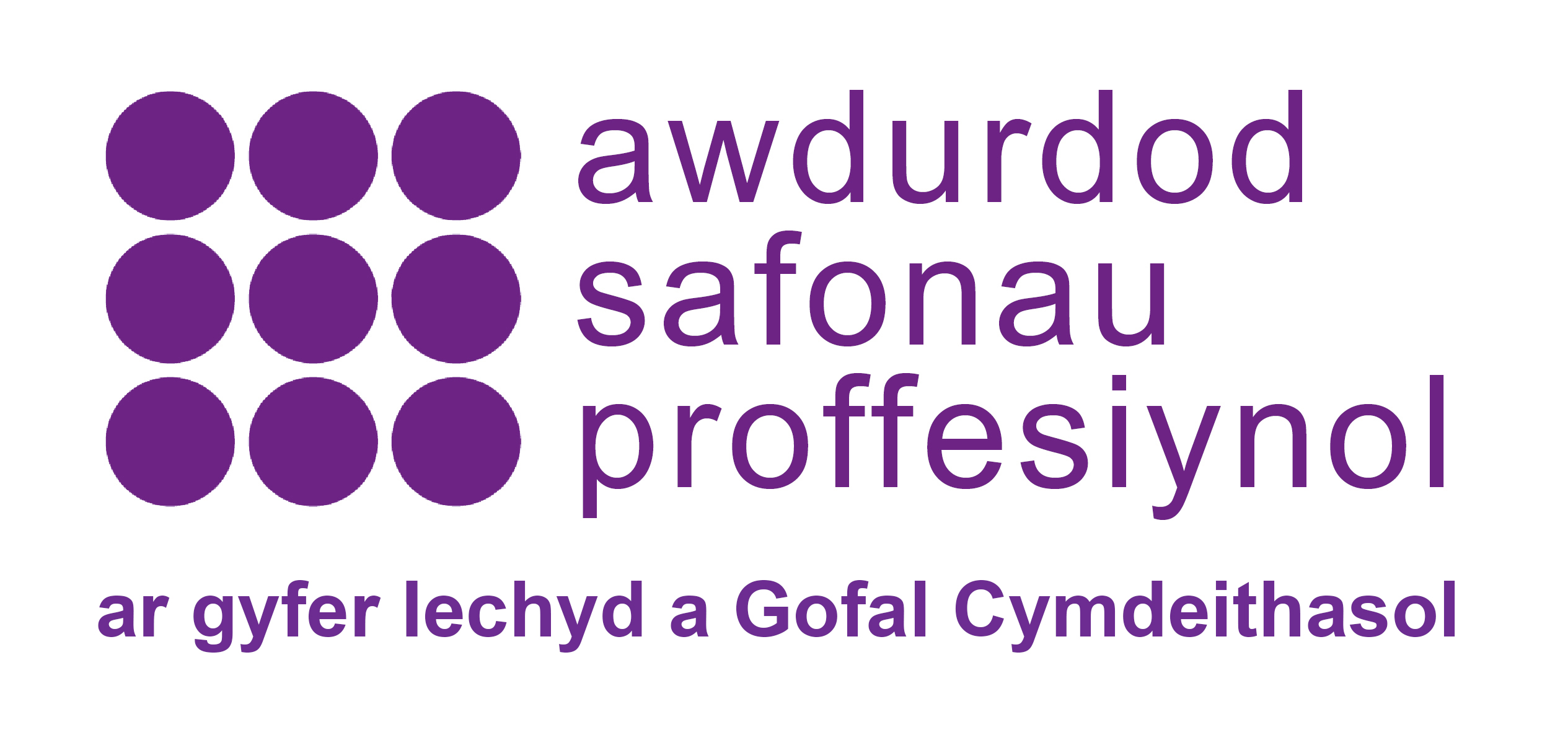Main content
Refocusing regulation
25 Sep 2023
Reflections from our CEO Alan Clamp as he travels to give the keynote speech at the Council on Licensure, Enforcement and Regulation (CLEAR) 2023 Annual Education Conference on Thursday 28 September 2023.
Everything that is regulated – people, places and products – is changing. We see changes in technology, the environment, techniques, ways of working, societal norms and expectations, politics and knowledge. Therefore, regulation has to change.
Regulation is an imperfect model. It reduces risk, but things still go wrong and the consequent harms can be significant. So we always strive to improve, particularly in terms of investing regulatory effort in the riskiest places. When things do go wrong it rarely means that we need more regulation – just better regulation (and we also need to look at non-regulatory actions that can reduce the risk of harm).
I have worked in regulation for over 25 years (in fact it is creeping towards 30 years). It has been endlessly interesting, enjoyable and (I hope) useful. Public – or at least political and media – perceptions of regulation are, however, often a little less positive. It goes something like this …… Regulation is about rules that people have to follow. It is all about compliance with these rules and enforcement in cases of non-compliance. It is officious, bureaucratic, dull and frequently petty. It is all about ‘ticking boxes’ and ‘endless red tape’ – getting in the way and adding no value. Regulators are tin-pot tyrants, imposing excessive burdens and draconian restrictions and sanctions on people and businesses. Deregulation would make the world a better place.
I don’t buy into most of these arguments – at least not for all regulation and not all the time. This is the negative view of regulation and unfortunately sometimes regulators themselves also accentuate the negative. Negative regulation focuses on regulators in ivory towers, dispensing rules, requiring excessive compliance checks and imposing punitive sanctions. It is based on a regulatory model targeted at the lowest common denominator; a model built on distrust that regards all regulated entities as requiring constant vigilance and the ‘stick’ of regulation to keep them in line. Very little regulation is actually like this, but that can be the perception, and even the most enlightened regulators sometimes focus too much on the negative model.
We need to accentuate the positive model of regulation. If regulation is really about public protection, then it should be more preventative.
First and foremost, don’t use it if you don’t have to.
Second, in professional regulation there is definitely more that could be done in both initial education and training, and continuing professional development, particularly on conduct.
Third, invest more time and resources in information, advice and guidance to help professionals meet the required standards (of competence and conduct).
Fourth, engage with all stakeholders with a role in public protection to improve the effectiveness of safeguards and bring about system improvements where needed.
Fifth, and finally, practice compassionate regulation to: support professional wellbeing; reduce fear and defensive practice; and promote positive workplace cultures. This is the positive model of regulation and it brings better outcomes for all.
It is time to refocus regulation; to shift the balance; to focus more on carrots and less on sticks; to accentuate the positive.


